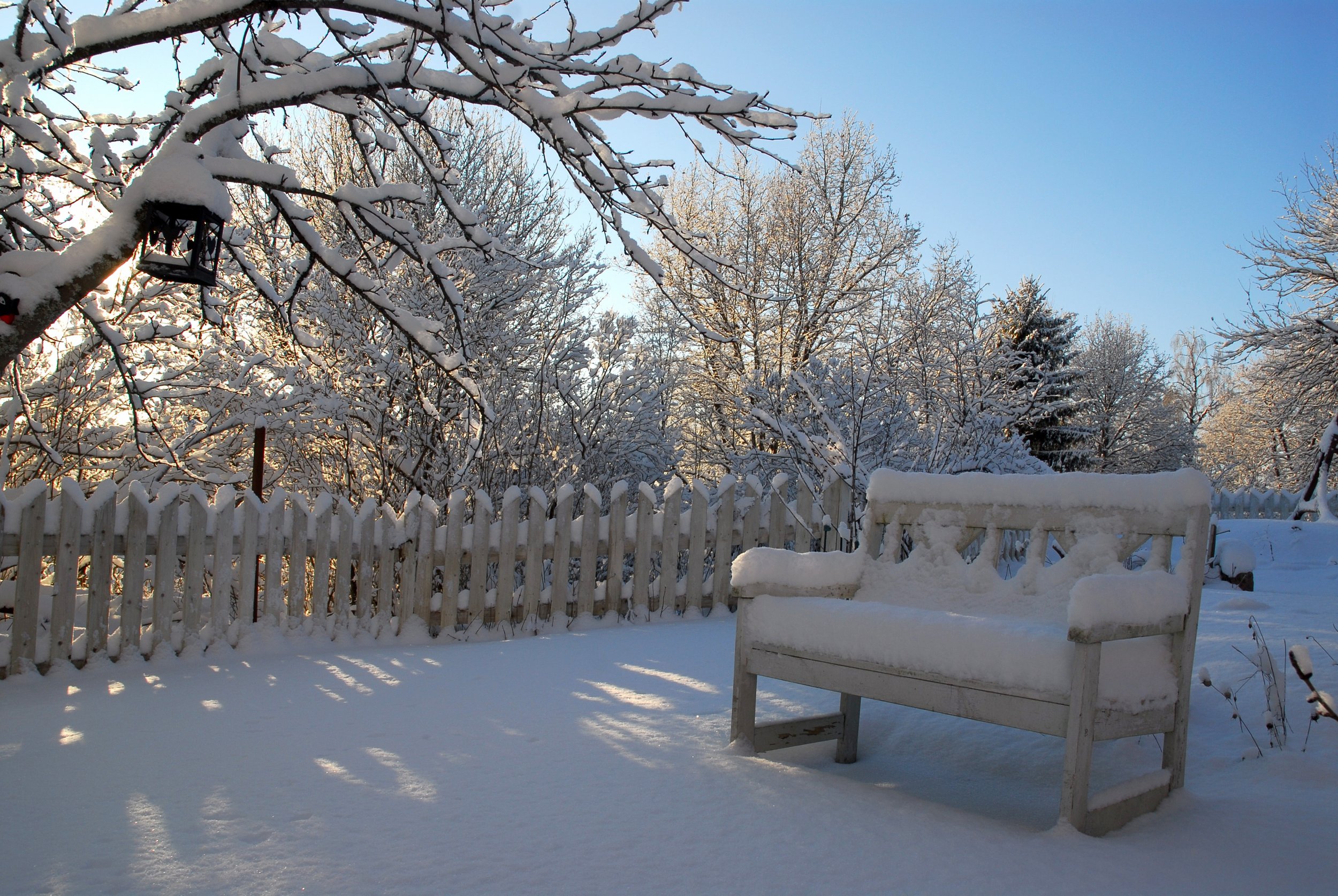Preparing Garden Beds for Winter
Source: pxHere - CC0 Public Domain
When the gardening season comes to an end, it's easy to get distracted with other projects. It's important to "make your bed" and get garden beds ready for their winter slumber. Doing some cleanup and soil work now will help you have an easier start next spring.
First, remove dead plant material. I basically have two piles in my garden. The main goal is to compost as much as possible. Old squash plants, leafy debris, and mushy tomatoes I missed go into the compost pile. The other pile is the burn pile. Corn stalks, diseased plants, tomato plants with their strings, and vines from the wildflower meadow all go into this pile for a cozy winter bonfire.
Second, test your soil. Now is the perfect time to get a snapshot of the overall health of your garden's soil. You can do this with an at-home soil test or you can send a sample to your state's extension for testing. Here in West Virginia, basic soil testing is free! This will help guide your next step.
Third, amend your soil. If you need to add lime to adjust your soil's pH, the time is now. Based off test results, you might need to do some math. For example, sometimes the amount of lime to add is listed in pounds per acre for farmers, so you might need to scale accordingly. Now is a great time to work in organics like compost or mulched leaves so they can break down over the winter.
Fourth, add mulch or plant a cover crop. Doing either of these things will not only help add organic material, but it will also help smother weeds that somehow seem to sprout in the depths of winter. Also, when we get to spring, a layer of mulch will help the bed retain moisture. This can help with early spring crops.
That's all there is to it! At most, it might take a couple of hours on a couple warm fall days to get your beds ready for winter. Future you will thank yourself when you're greeted with richer, weed-free soil in the spring.

